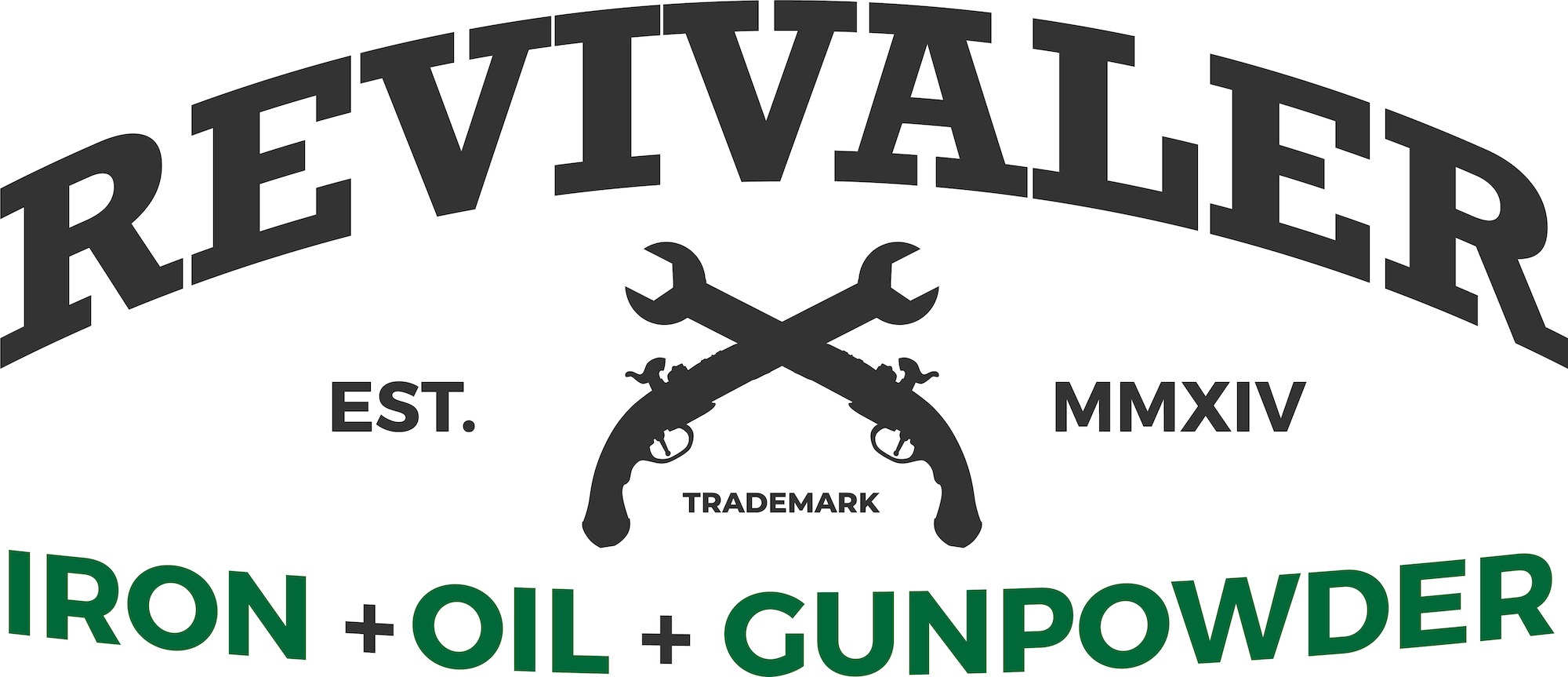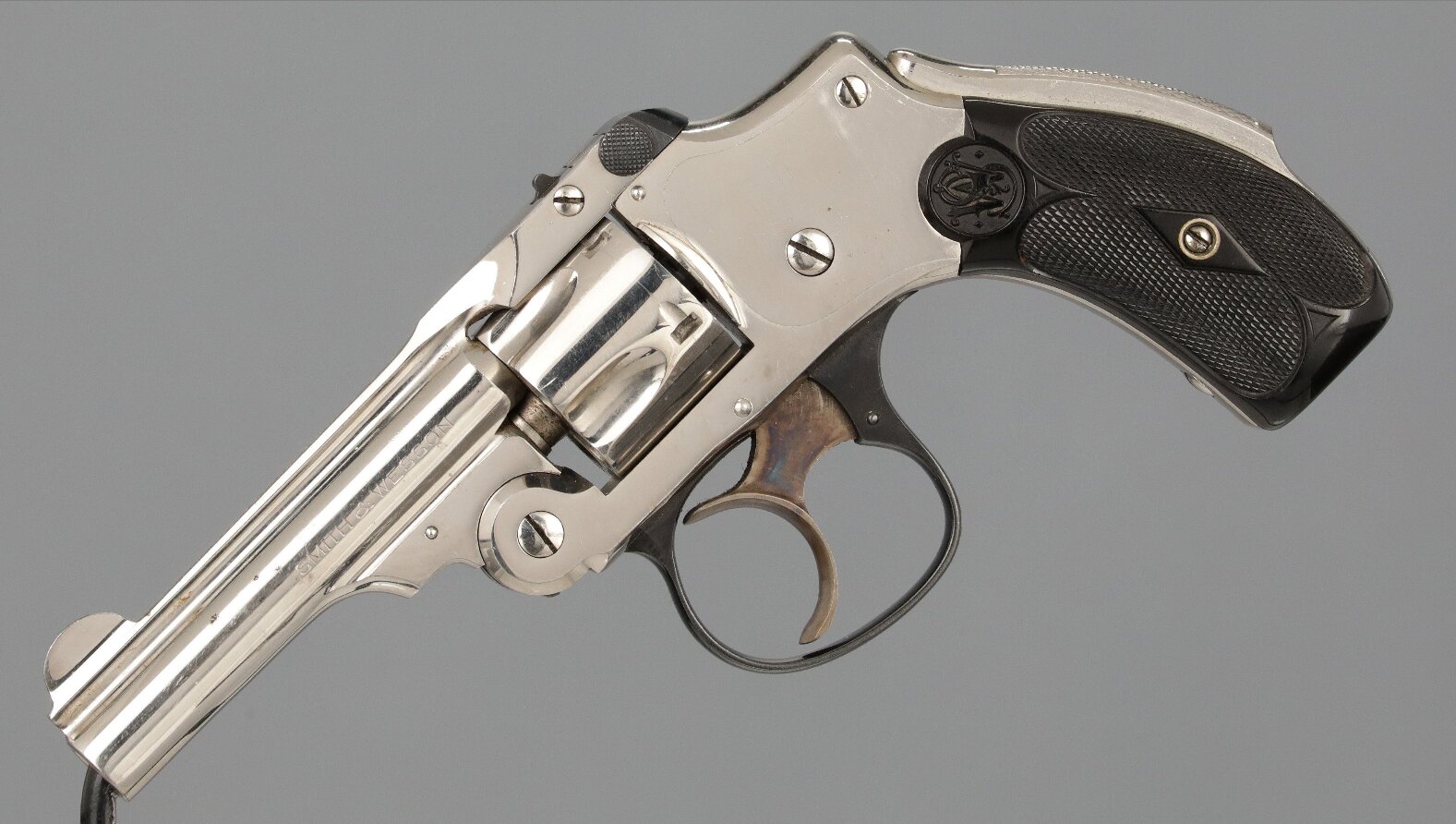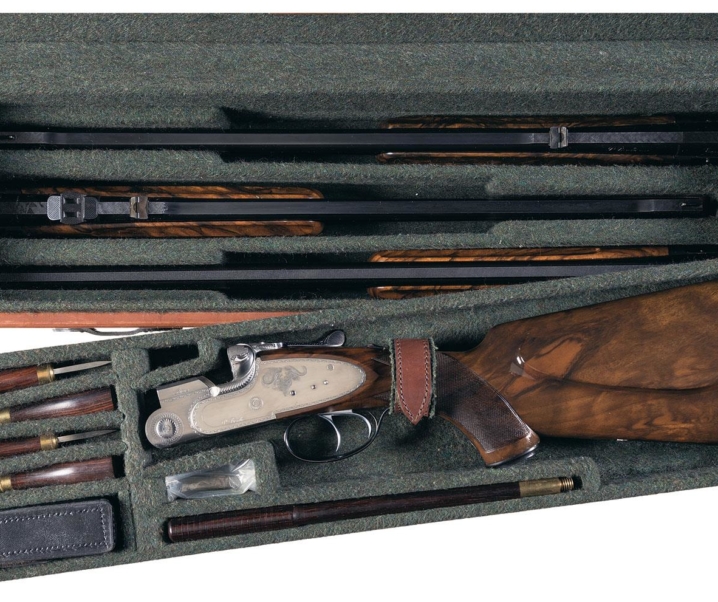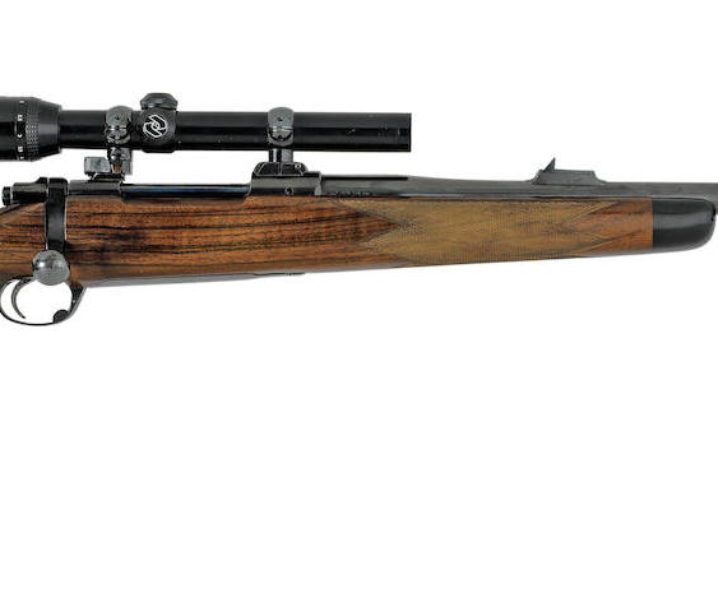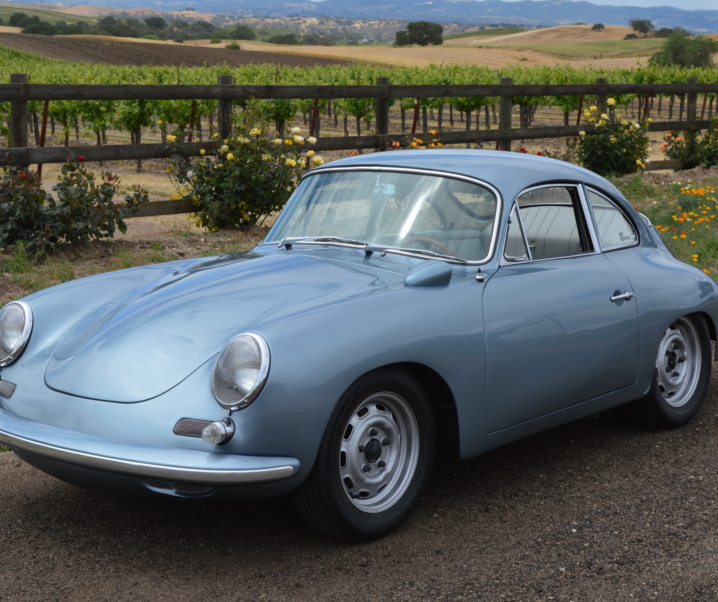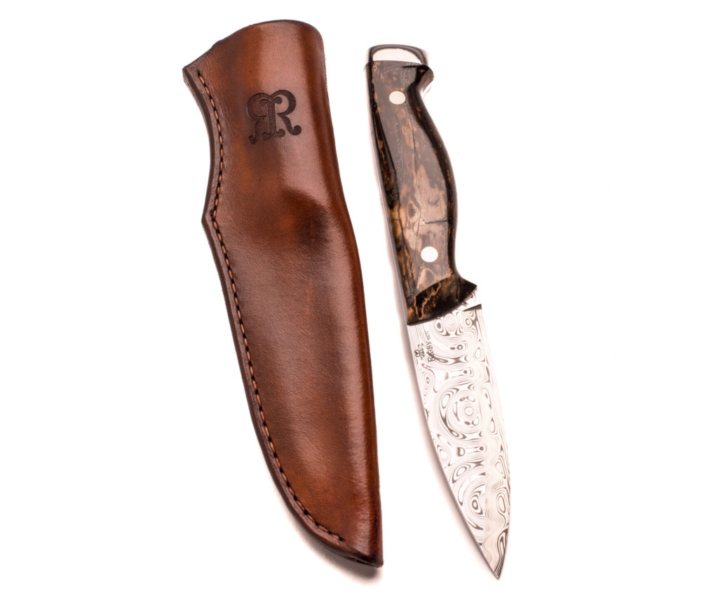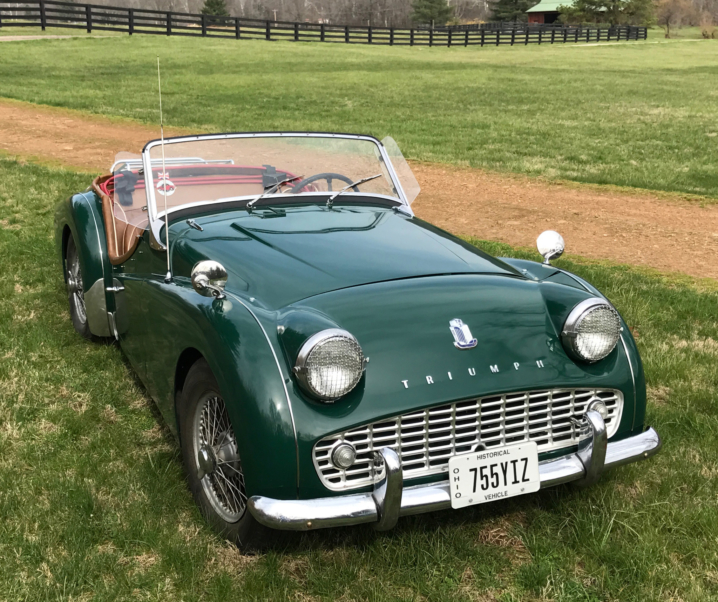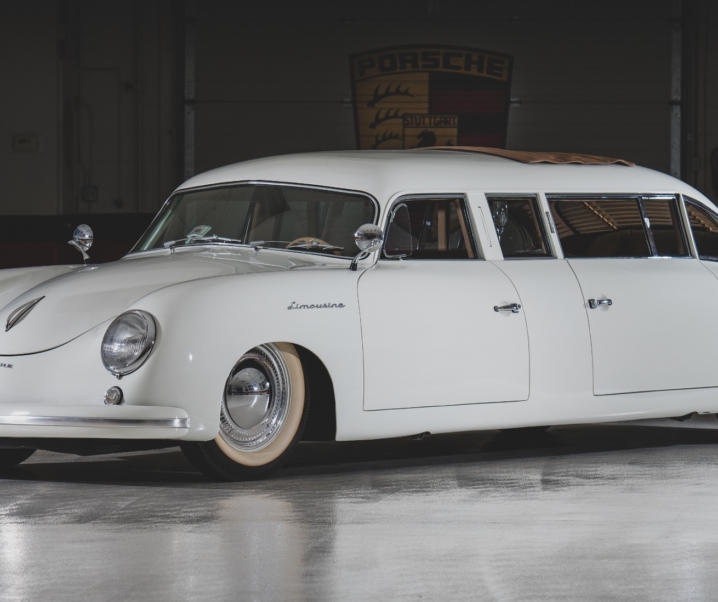The Smith & Wesson Safety Hammerless “New Departure” revolver was made as a short range self-defense handgun that could be safely carried in a jacket or vest pocket. It featured a fully shrouded hammer and a grip safety to ensure it was safe to carry yet easy and instinctive to get into action.
Fast Facts
- The Smith & Wesson Safety Hammerless “New Departure” revolver was made from 1887-1940.
- This revolver was made in five model variants and various barrel lengths.
- This is one of few American revolvers fitted with a safety catch.
- The safety catch of this revolver was a grip safety and this caused it to become known as the “Lemon Squeeze” or “Lemon Squeezer” revolver.
- The Safety Hammerless was made in 32 S&W and 38 S&W.
There have not been a great many revolvers fitted with safety catches, but there have been a few. Many of these originated in Britain and Europe, but there have also been American revolvers which featured a safety catch and one of the best known of these was the Smith & Wesson Safety Hammerless revolver. Smith & Wesson called this the “New Departure” but it is colloquially known as the “lemon squeezer”.
Personally, I’ve long been of the opinion that not much of anything beats a double-action revolver for speed and simplicity in getting into action in an “expect it when you least expect it” situation. The Smith & Wesson Safety Hammerless was a clever design that sought to keep that instinctive speed and convenience yet also add an extra layer of safety to prevent an accidental discharge.
The British and Europeans seem to have adopted the safety catch in the experimental years of development of their revolvers with the Webley Fosberry semi-automatic revolver being fitted with a safety catch, and the Webley Mark IV small frame revolver being offered with an optional safety catch should the customer so desire.
Having a safety catch on a revolver is an idea that might tend to be controversial: some buyers, such as the Singapore Police, believed it was an important feature when they purchased their Webley revolvers, while others did not.
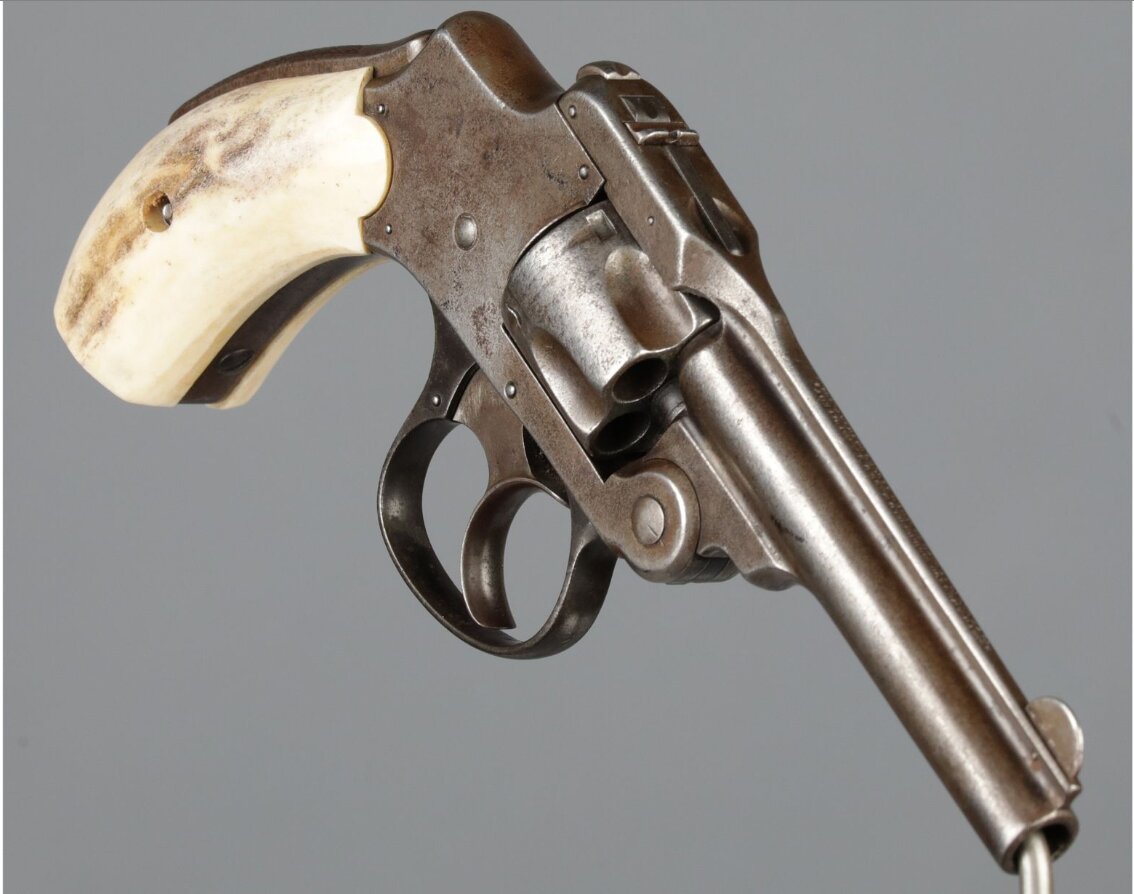
In the United States Smith & Wesson decided to offer a double-action pocket revolver with a safety catch, possibly to test the market. Smith & Wesson’s engineers understood the practical issues associated with doing this and so did not use a design like the Webley – which used a cross-bolt safety requiring two-handed operation of the revolver.
In order to enable one-handed operation of this new model revolver Smith & Wesson’s engineers chose to provide a grip safety catch, so all that would be needed to get the revolver into action would be to squeeze the grip and the revolver would be ready to fire: this led to it being nicknamed the “Lemon Squeeze” revolver.
This was a convenient design and it left the shooter’s non-shooting hand free to deal with people or obstacles as may well be needed in a life threatening emergency.
The Smith & Wesson Safety Hammerless revolver was not actually “hammerless” but had its internal hammer completely shrouded, the aim being to ensure that it could not snag on clothing. This of course meant that the revolver could only be fired in double-action mode – but this was intended as a short range emergency use firearm, not a target pistol.
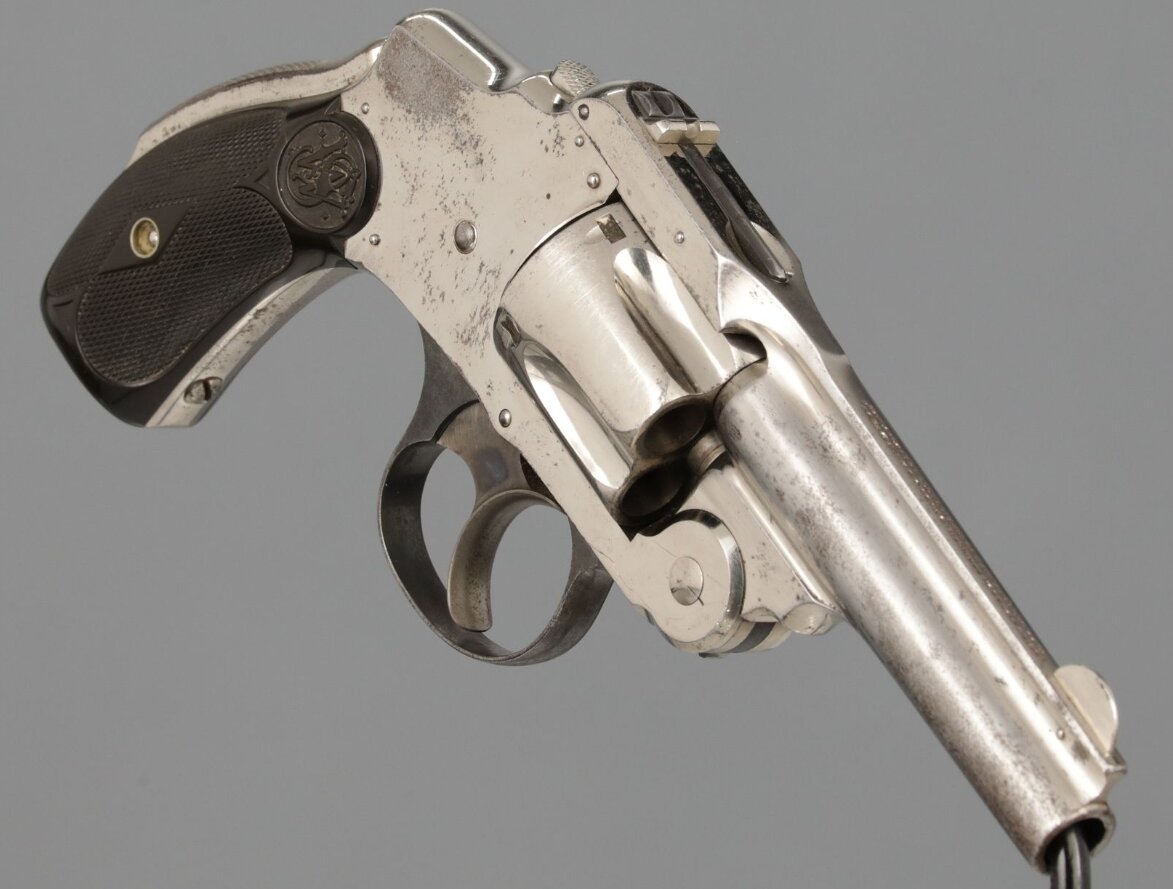
The Safety Hammerless was made in five model variations as follows:-
- First Model “Z Bar” of 1887 which had a “Z” shaped top barrel lock that was worked by a push-button to open the top-break action.
- Second Model 1887-1890. The top latch is operated by a small push-down switch which unlocks it.
- Third Model 1890-1898. For this model the top latch was changed to a pull-back and up style, like that used on the single-action Smith & Wesson No.3 Russian. This style latch provided a stronger lock-up and would have been much more resistant to being accidentally unlocked.
- Fourth Model 1898-1907. Both this version and the Fifth Model retained the later style top latch.
- Fifth Model 1907-1940.
These model variations center primarily around improvements in the revolver’s functionality, strength and metallurgy.
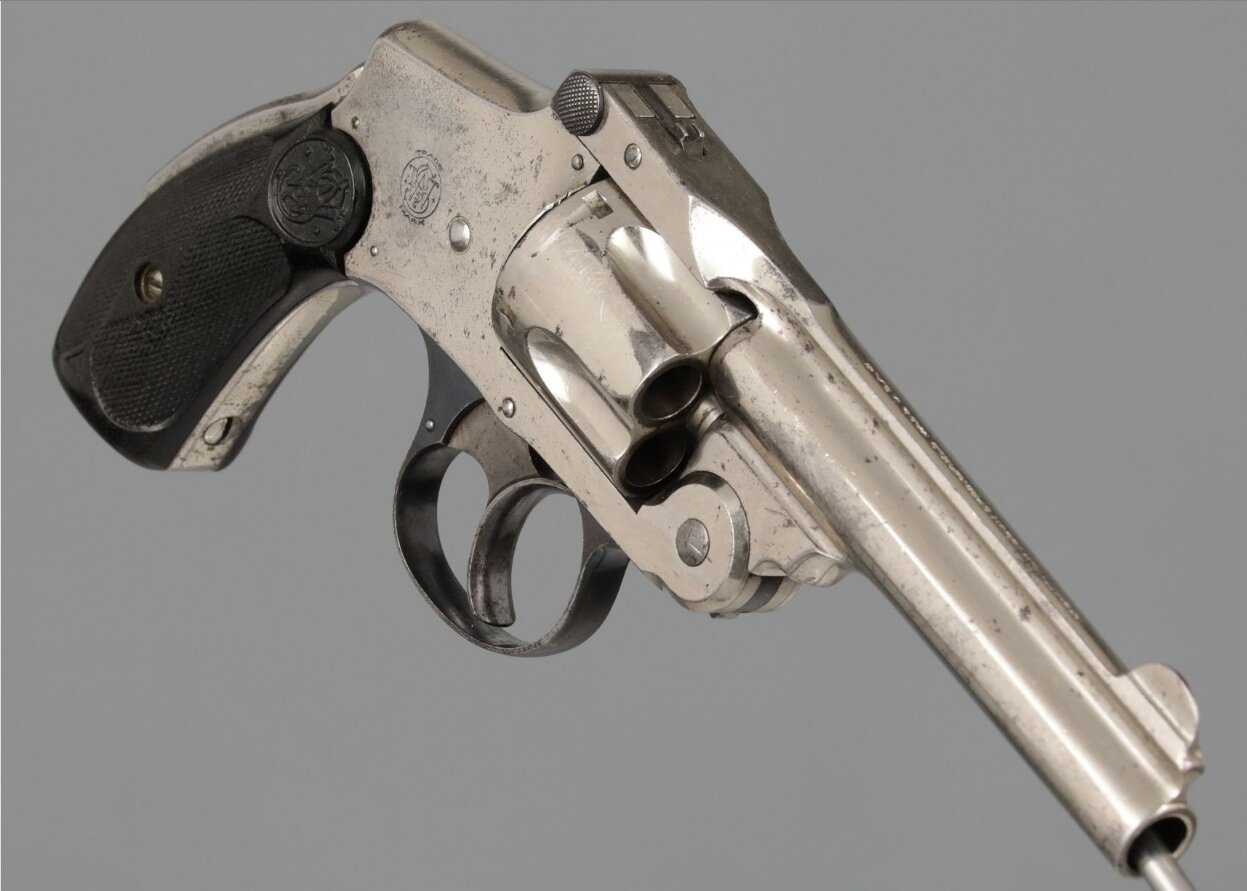
The first three variants were designed for black powder cartridges and were not recommended by Smith & Wesson for use with smokeless powder cartridges. This is important nowadays as this recommendation holds true today. So, for example one would not be advised to use modern smokeless cartridges of the correct caliber in any Safety Hammerless made prior to the Fourth Model of 1898.
In any event these are old guns and as such worthy of careful feeding.
They were made in two calibers; 32 Smith & Wesson and 38 Smith & Wesson. The 32 S&W version was made with a smaller cylinder and frame by comparison with the 38 S&W version.
These were initially loaded with black powder and lead bullets. The 38 Smith & Wesson should not be confused with the 38 Smith & Wesson Special (aka. 38 Special). These are not the same and are not interchangeable.
The 38 S&W was loaded with a 145-146 grain lead bullet and its worth remembering that the British Military adopted a version based on the 38 S&W known as the 380/200, which was made in two versions; the Mark I was loaded with a 200 grain lead bullet while the Mark II had a 178-180 grain jacketed bullet . It would not be a good idea to feed that ammunition into a Smith & Wesson Safety Hammerless – it was designed for the Webley and Enfield British military revolvers which were of stronger construction with a stirrup type top latch.
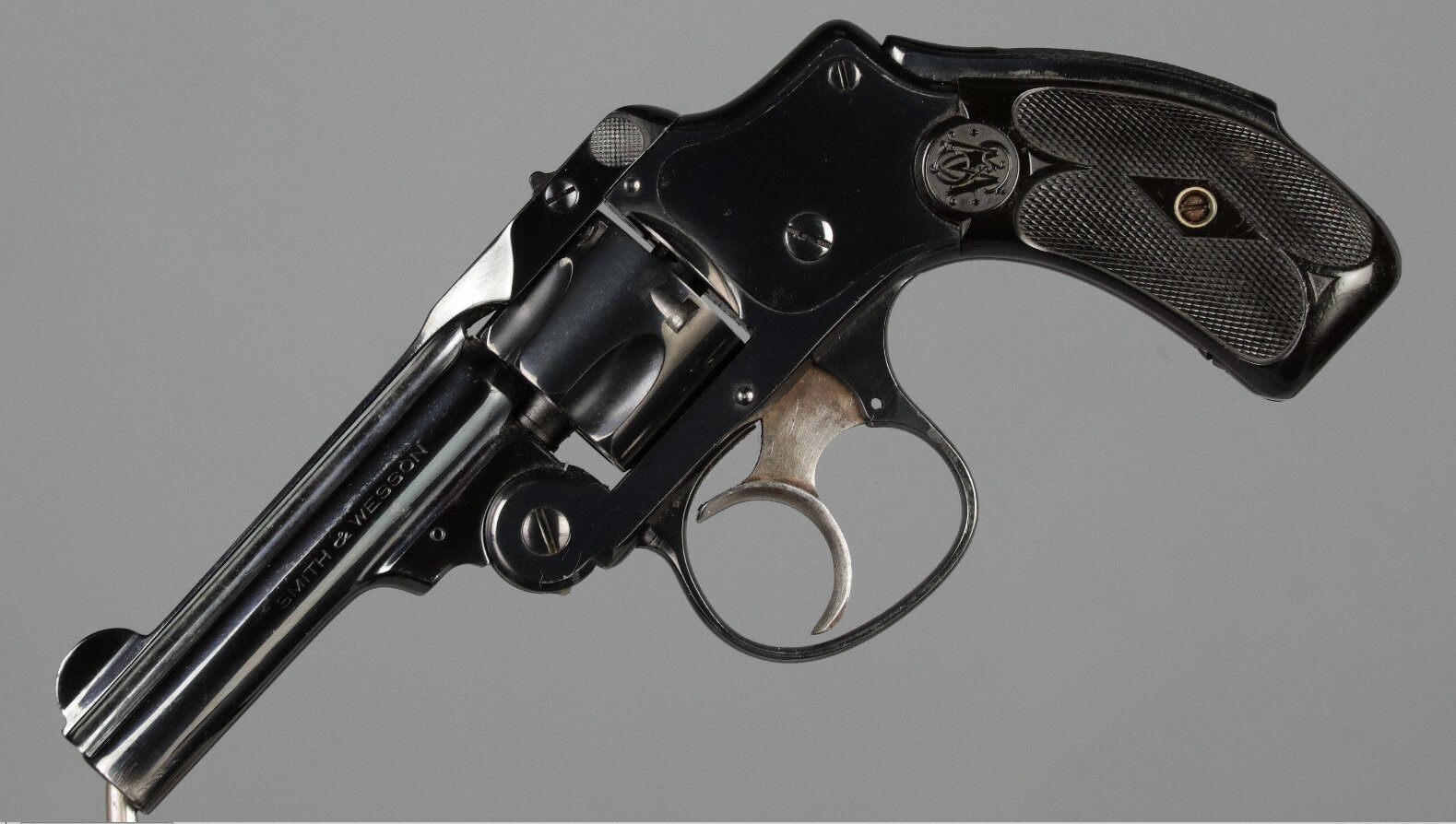
The 32 Smith & Wesson was the other caliber offered for the Safety Hammerless revolvers loaded with black powder initially which was later phased out in favor of smokeless.
Whether in 32 S&W or 38 S&W these revolvers had a five shot cylinder. Barrel lengths are typically 2″, 3″, 3½”, 4″ and 5″.
These revolvers are not particularly rare and can be a good way to embark on a collecting hobby. There are a few currently for sale by Rock Island Auction for example.
You will find the sale pages using the links below:-
- Fifth Model in 38 S&W with 4″ barrel
- Two revolvers, one nickel one blued
- Two Third Model in 32 S&W both blued
- A First Model in 32 S&W and a Second Model in 38 S&W
- Two Third Model in 32 S&W, one nickel one blued
Picture Credits: All pictures courtesy Rock Island Auction.
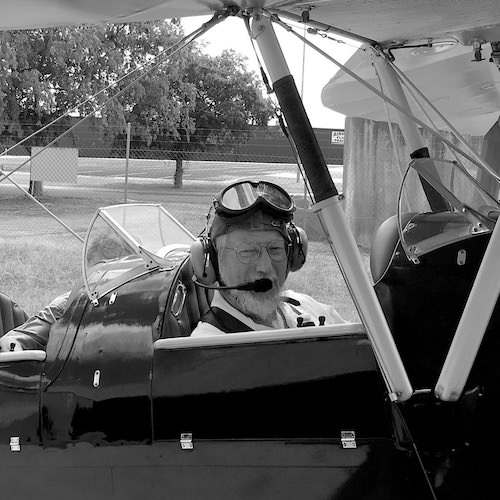
Jon Branch is the founder and senior editor of Revivaler and has written a significant number of articles for various publications including official Buying Guides for eBay, classic car articles for Hagerty, magazine articles for both the Australian Shooters Journal and the Australian Shooter, and he’s a long time contributor to Silodrome.
Jon has done radio, television, magazine and newspaper interviews on various issues, and has traveled extensively, having lived in Britain, Australia, China and Hong Kong. His travels have taken him to Indonesia, Israel, Italy, Japan and a number of other countries. He has studied the Japanese sword arts and has a long history of involvement in the shooting sports, which has included authoring submissions to government on various firearms related issues and assisting in the design and establishment of shooting ranges.
